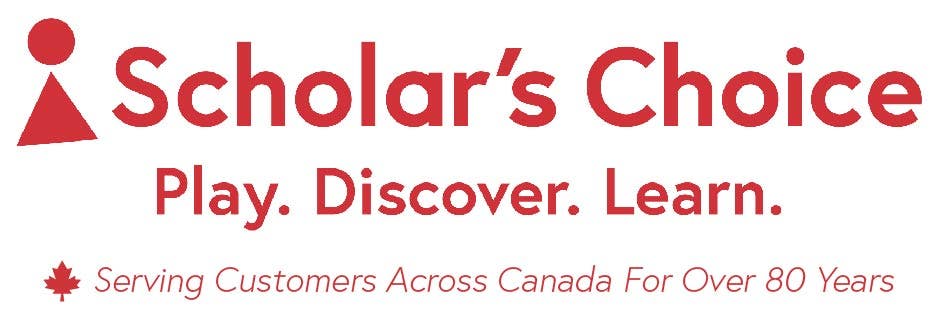

Supporting and Evaluating Process Art in Early Childhood Education with a Rubric
In the world of early childhood education, process over product is a guiding principle that nurtures creativity, critical thinking, and confidence. Process art—where the focus lies on the experience of creating rather than the outcome—provides children with open-ended opportunities to explore materials, experiment with ideas, and express themselves freely. But how can educators effectively support and evaluate such a deeply personal and evolving form of expression?
Enter: the process art rubric.
What is Process Art?
Process art is all about exploration. It’s child-led, unstructured, and doesn’t follow a predetermined outcome. Whether using paint, clay, collage, or natural materials, the emphasis is on the child’s experience with the medium.
Benefits of process art include:
- Boosting self-confidence and decision-making
- Encouraging sensory exploration and fine motor development
- Supporting emotional expression and communication
- Nurturing divergent thinking and imagination
Learn more about process art and its benefits here in our blog Unleashing Creativity: The Transformative Power of Process Art in Early Childhood Learning
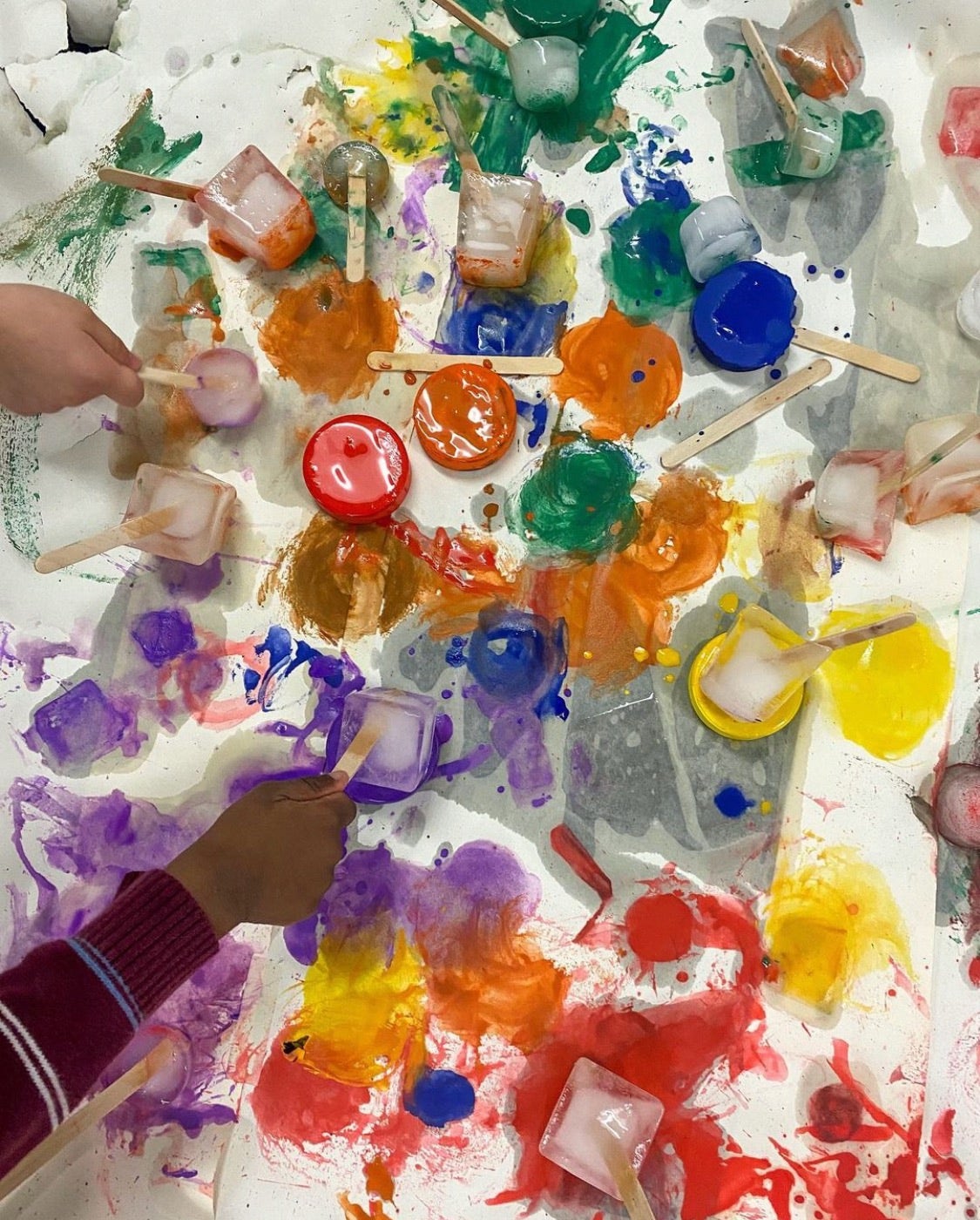



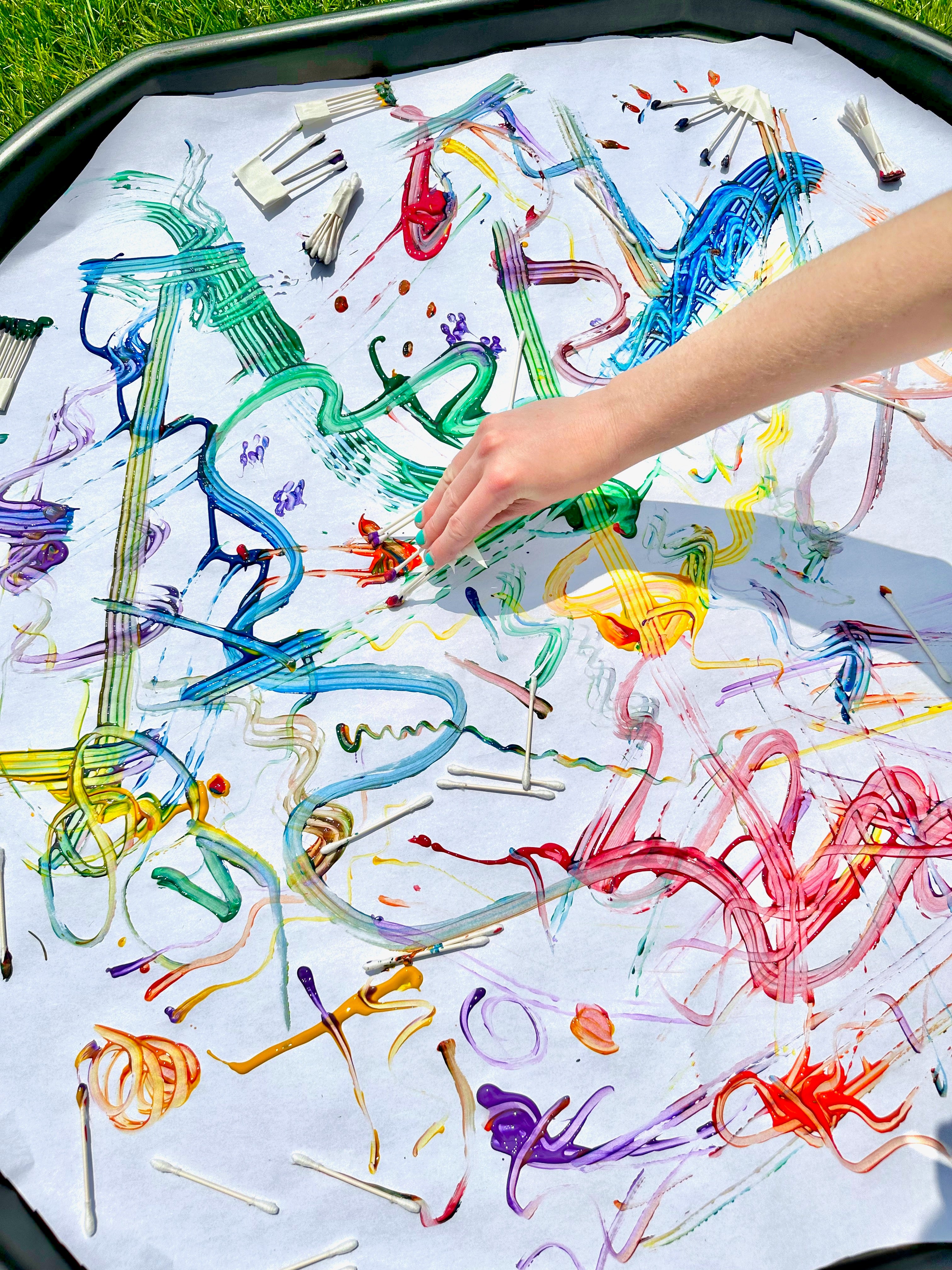

Why Use a Rubric for Process Art?
In early learning settings, educators are often asked to document, assess, and report on children’s learning. While process art may not have a clear “finished product” to grade, it can still be meaningfully evaluated through a rubric that captures children’s engagement, skill development, and learning outcomes.
A process art rubric:
- Supports documentation for learning stories, portfolios, and assessment reports
- Aligns with curriculum goals like self-expression, problem-solving, and communication
- Offers a framework for reflection and responsive planning
- Affirms the value of creative exploration as a learning experience
Need ideas for process art invitations? See some in our blog here Unlocking Creativity: A Journey into the Transformative World of Process Art for Kids
Key Elements to Include in a Process Art Rubric
When developing a process art rubric for your classroom, consider these categories:
1. Engagement & Participation
- How focused and involved was the child during the activity?
- Did they show curiosity and sustained attention?
Example Indicator: “Child actively engages with materials and revisits the experience with interest.”
2. Use of Materials
- Did the child experiment with different techniques or tools?
- Were they able to manipulate materials with increasing control?
Example Indicator: “Child demonstrates confidence in using tools and exploring new materials.”
3. Creative Expression
- Did the child make choices or decisions independently?
- Was there evidence of personal meaning or storytelling in their art?
Example Indicator: “Child explores personal ideas and expresses individuality through their artwork.”
4. Problem Solving & Risk-Taking
- Did the child try something new?
- How did they respond to challenges or mistakes?
Example Indicator: “Child demonstrates flexible thinking and is willing to experiment with new approaches.”
5. Verbal Reflection
- Was the child able to describe their process, choices, or feelings?
- Did they engage in conversation about their artwork?
Example Indicator: “Child articulates thoughts and feelings about their creative experience.”
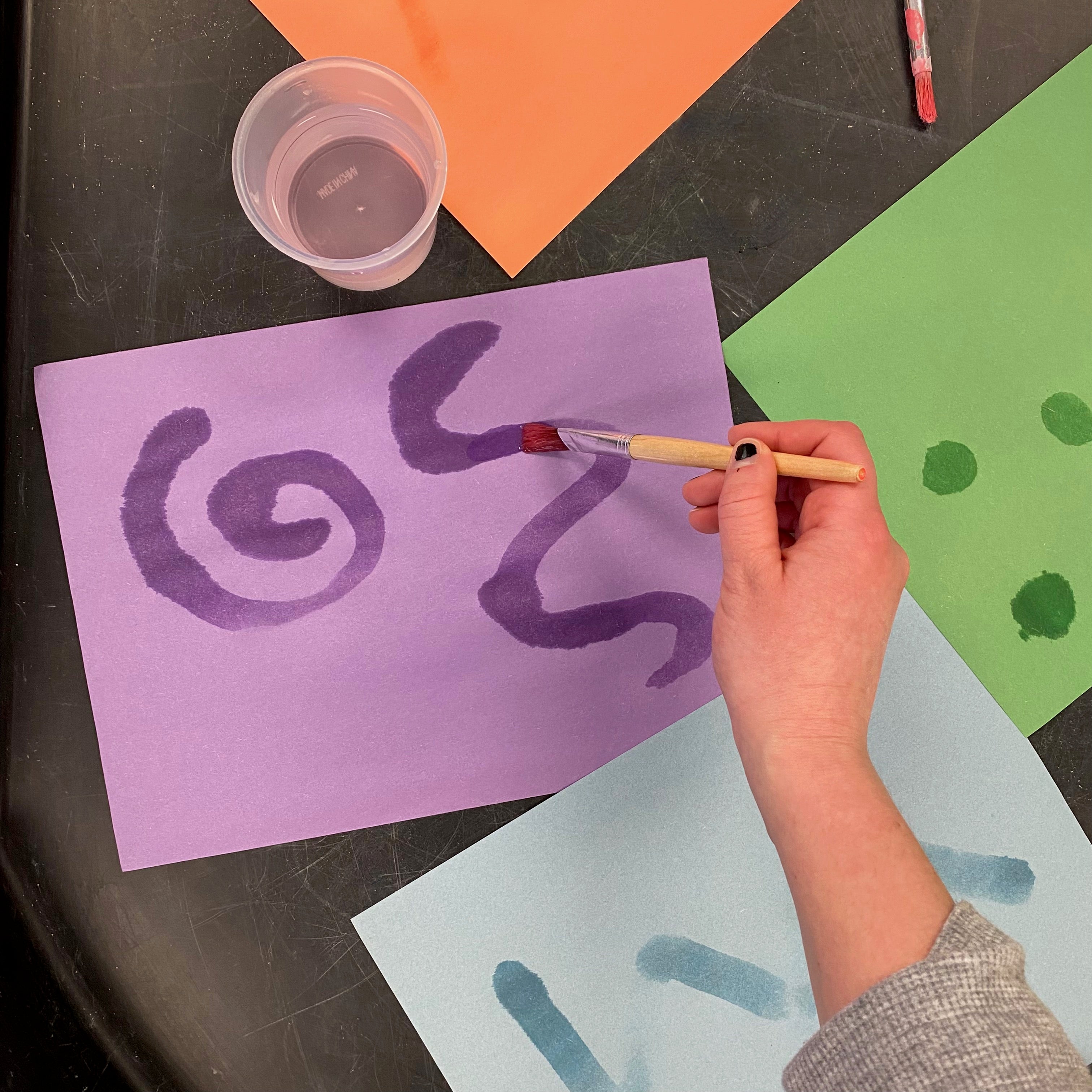

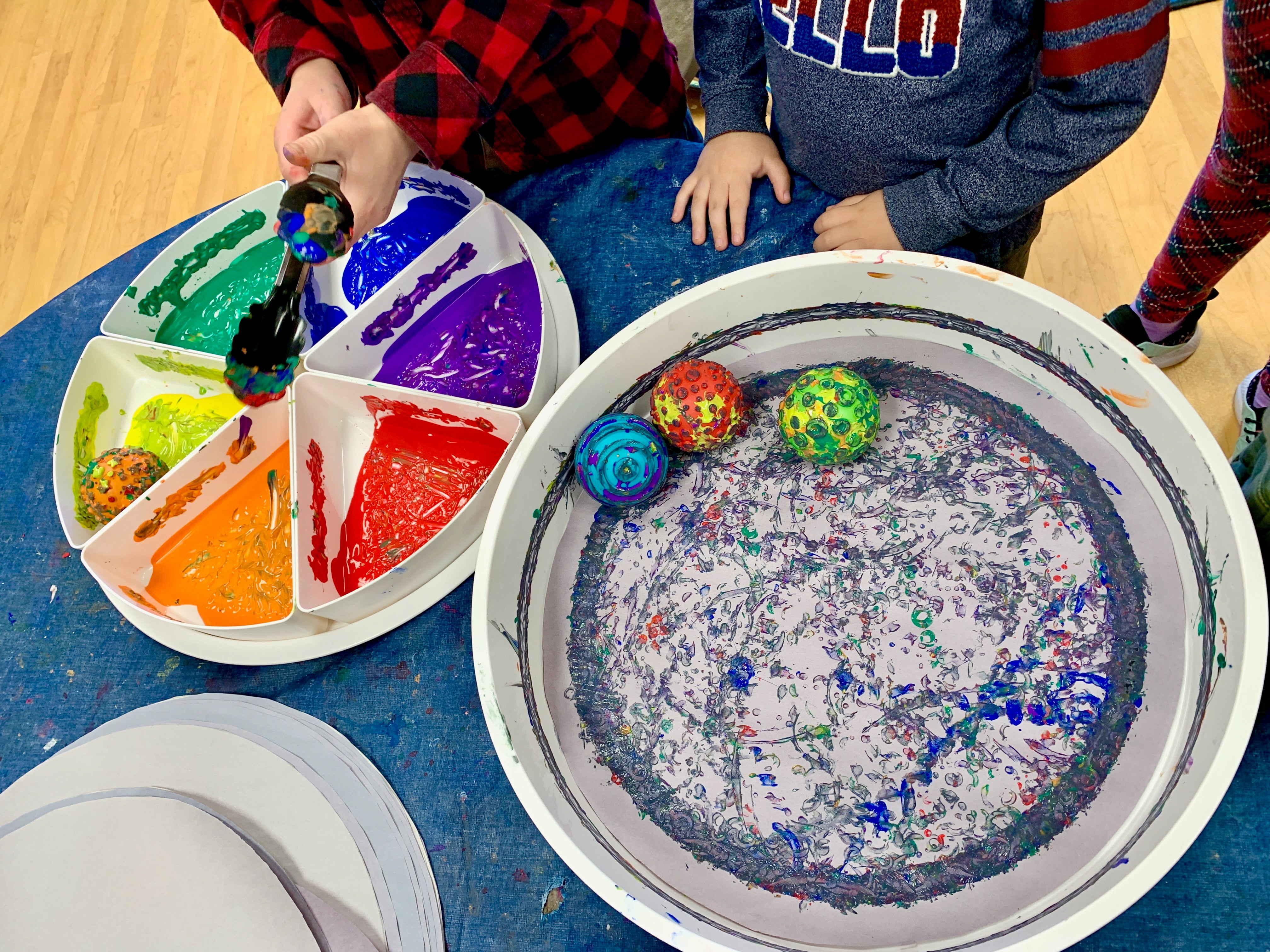

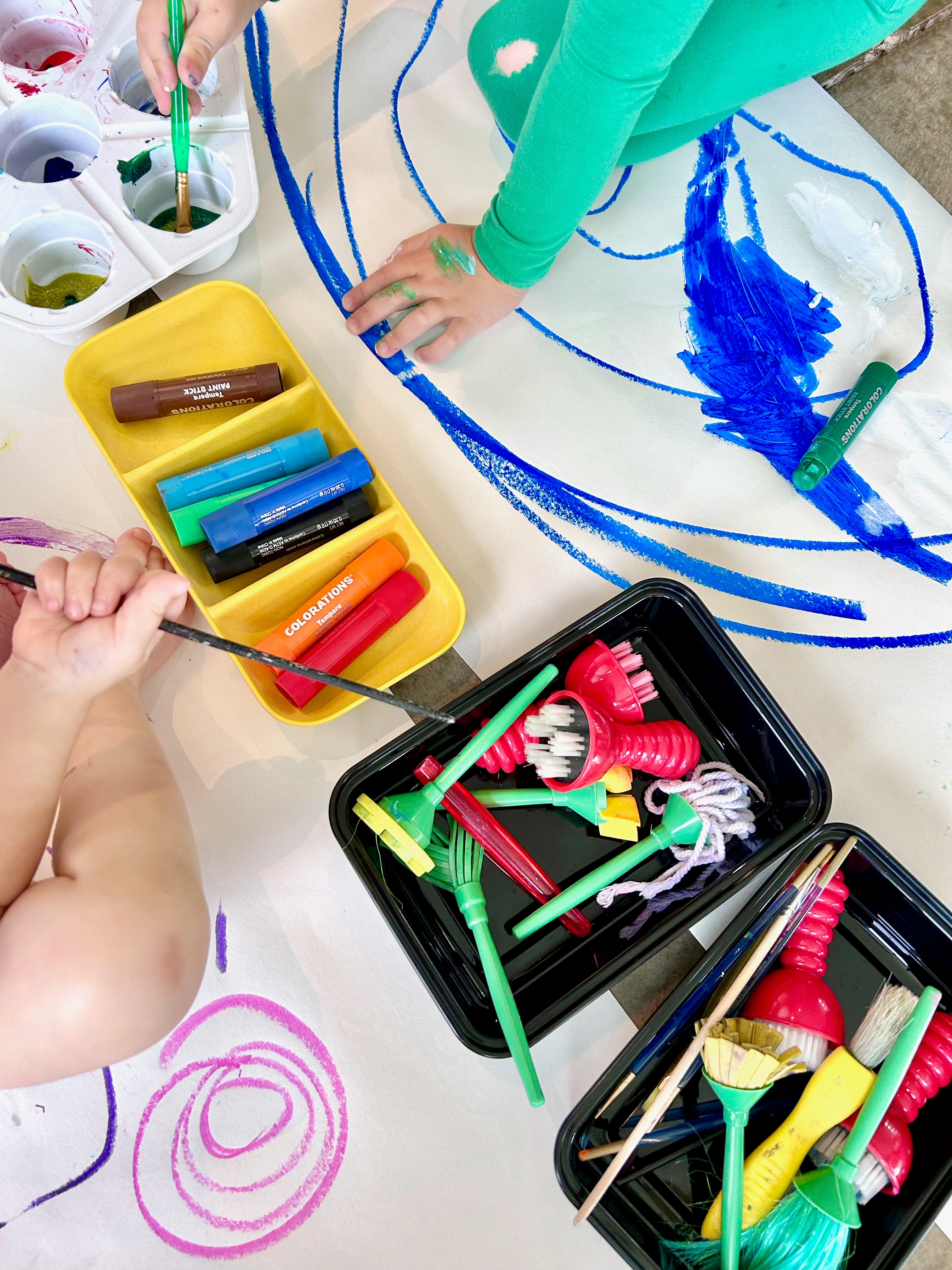

Tips for Implementing a Process Art Rubric
- Keep it observational: Use anecdotal notes, photos, and child quotes to support rubric scores.
- Use child-friendly language: This supports metacognition and encourages self-reflection.
- Be flexible: Not every child will engage the same way—evaluate individual growth, not comparison.
- Involve families: Share the rubric and documentation to foster appreciation for process art at home.
Honouring the Creative Journey
In early childhood education, our role is not to grade children's art but to honour the journey of creativity. A well-designed rubric for process art helps educators tune into each child's unique learning experience, making the invisible visible—and deeply valued.
By embracing rubrics as tools for reflection and growth, we show children that their creative voice matters, and that the process is where true learning lives.
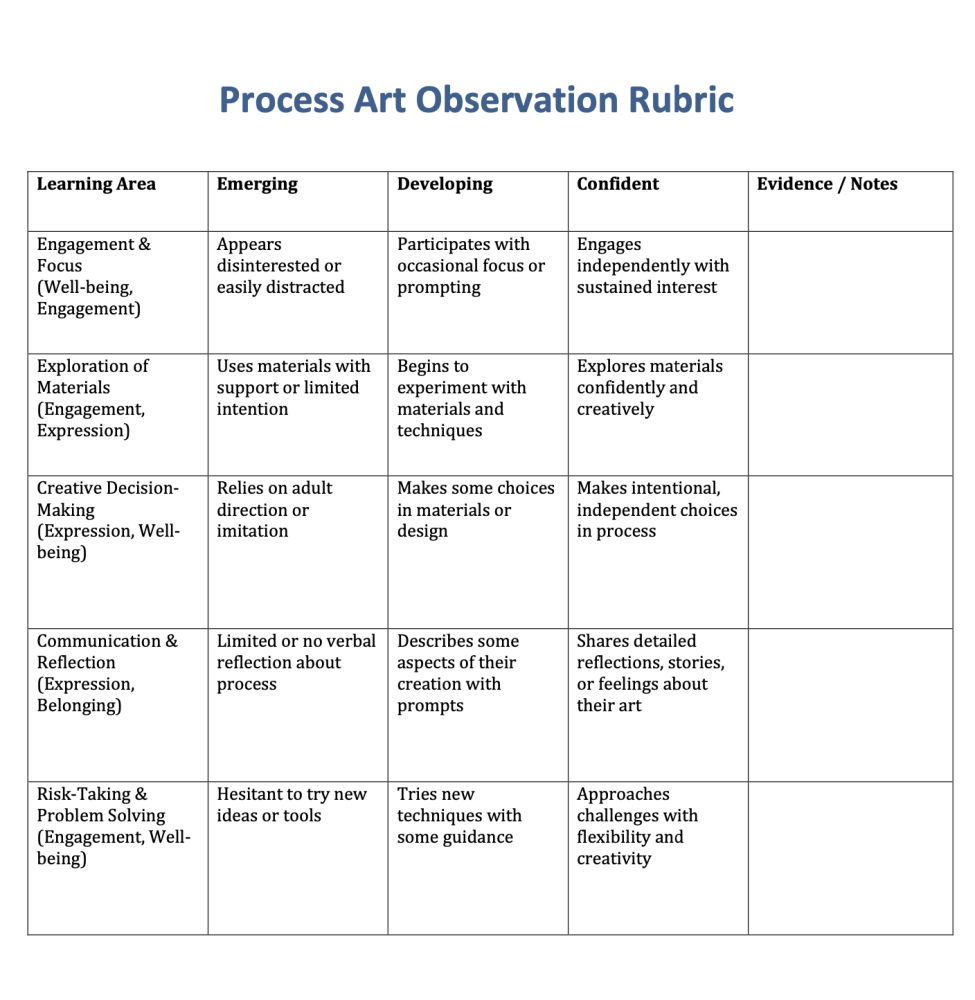
Download a rubric to support process art evaluation in your learning environment here

